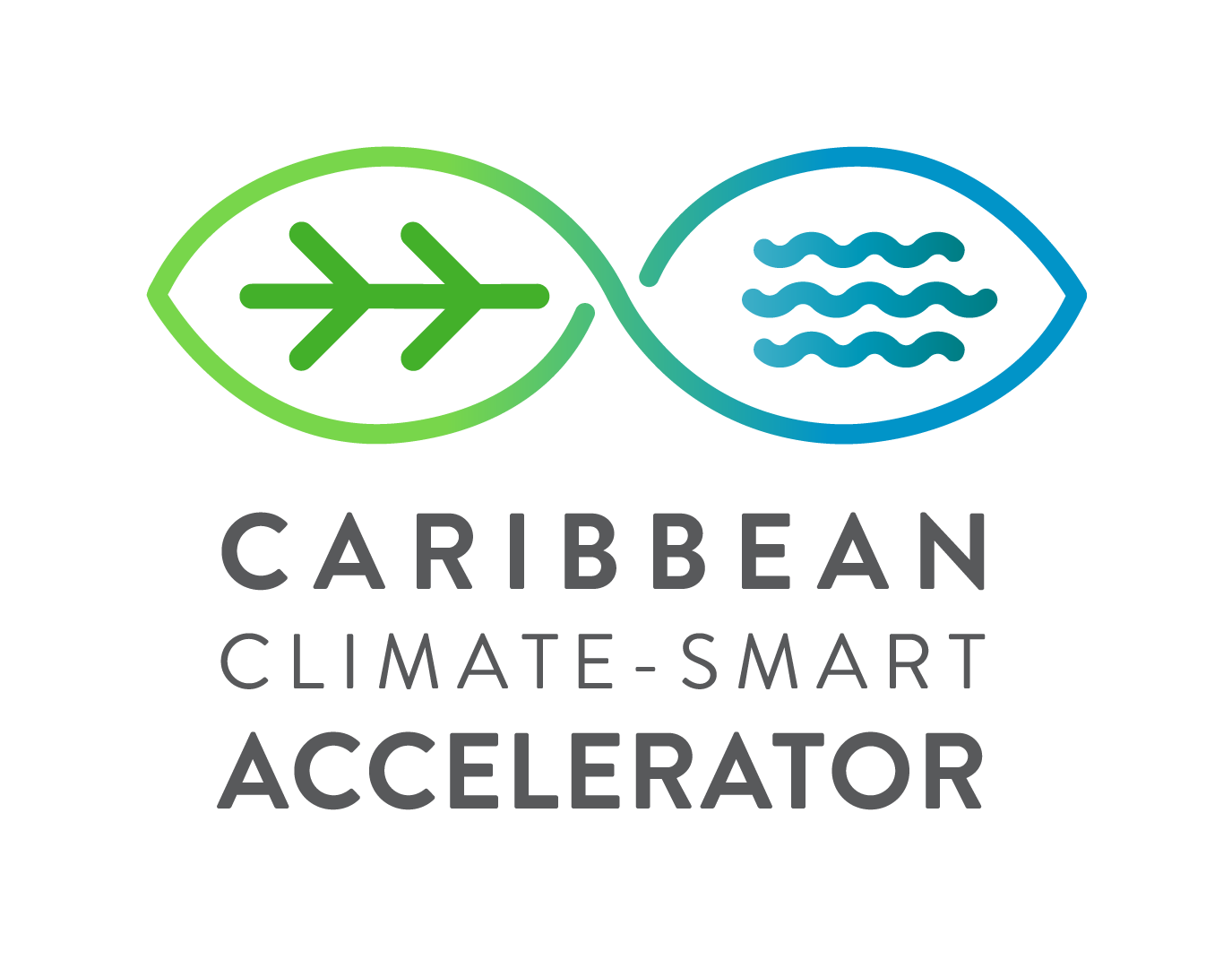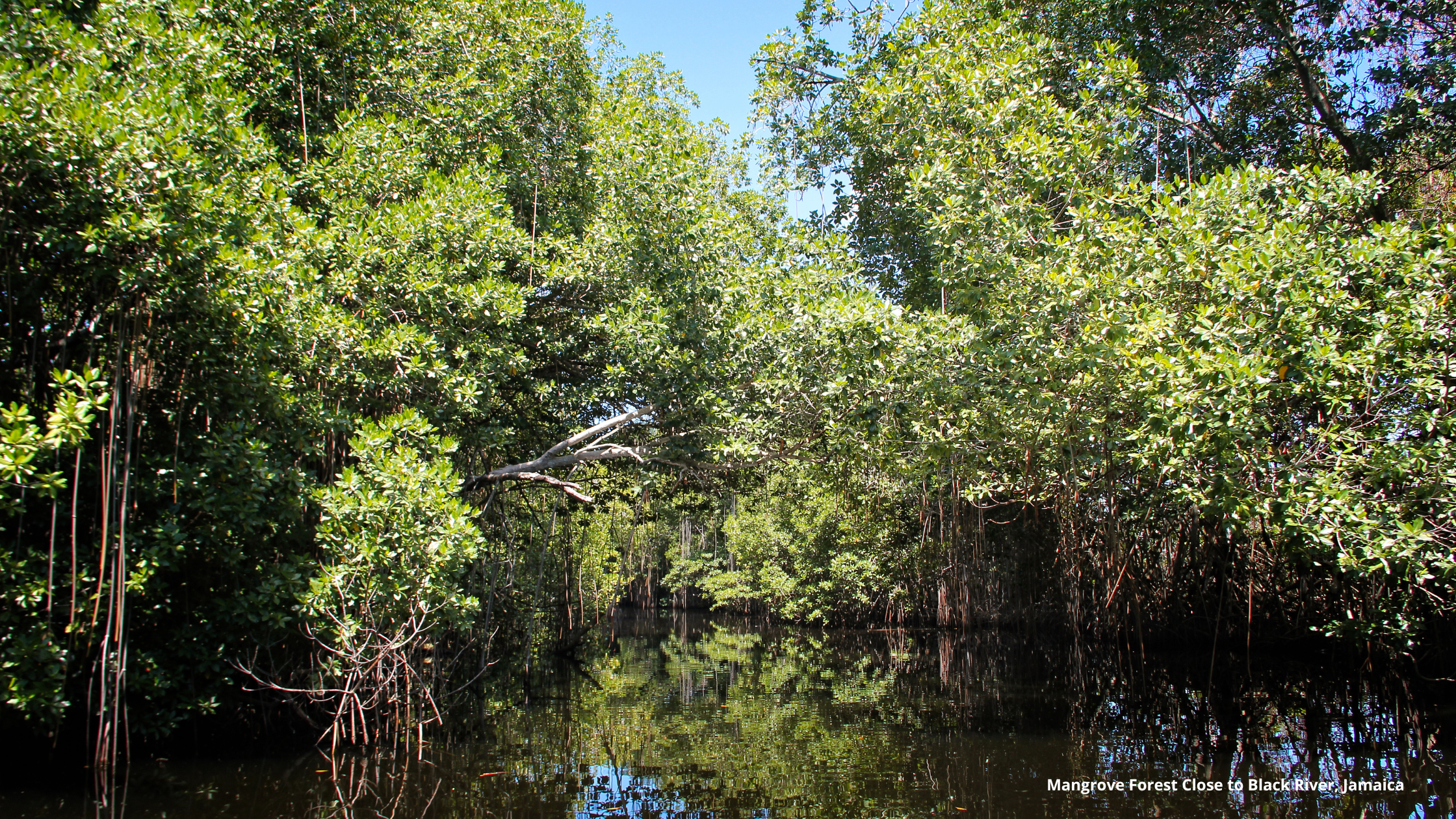Mangrove Restoration in the Caribbean
“It’s time for Wetlands Restoration”, the theme of World Wetlands Day observed on February 2, was a call to reverse degradation of these mainly coastal mangrove forests essential to climate action, livelihoods and 40 percent of the world’s biodiversity.
According to the United Nations Environment Programme, UNEP, “Nearly 90% of the world’s wetlands have been degraded since the 1700s, and we are losing wetlands faster than forests.”
This is bad news for the environment since the sediments and salt-tolerant trees and shrubs of mangrove forests absorb up to 4 times more carbon dioxide from the atmosphere than tropical rainforests.
The good news is that there is now a global pact to protect 30 percent of the planet’s lands, oceans, coastal areas and inland waters. The deal was signed by almost 190 countries, including CARICOM nations, at last year’s UN Biodiversity Conference, COP15.
Mangroves in the Caribbean
Mangrove areas abound in the Caribbean. From the Ashton Lagoon on Union Island, St. Vincent and the Grenadines to the Graeme Hall Swamp in Barbados, the Ma Kôté in St. Lucia, also the largest mangrove swamp in the Eastern Caribbean, to the over 30 per cent mangrove cover of the Cayman islands.
Losing mangroves will also increase disaster risk in our hurricane-prone region, where these coastal barriers protect against storm surge. But legislation for protection and restoration may become crucial as coastal development, agricultural runoff and, in the case of Barbados, leakage from a nearby sewerage plant threaten wetland survival.
Ashton Lagoon, however, is a mangrove restoration success story worthy of replication across the region. Its mangroves were severely damaged, many dead, after fallen pillars from a failed resort project cut off tidal flow. But thanks to over a decade of local advocacy and persistence, funding was finally secured by Sustainable Grenadines Inc. (SusGen), through the Caribbean Community Climate Change Centre (CCCCC), The Philip Stephenson Foundation (PSF) and the Global Environment Facility-Small Grants Programme (GEF-SGP). The replanting programme engaged the community and today Ashton Lagoon is thriving again.
The Ashton Lagoon situation took more than two decades to be resolved but when Hurricanes Irma and Maria devastated mangroves in the British Virgin Islands, Unite BVI and the H. Lavity Stoutt Community College partnered to create a mangrove nursery and start the restoration process. The Bahamas is also undertaking a large project to regenerate mangroves lost during Hurricane Dorian.
Sustaining mangroves after rehabilitation though will require proactive efforts to prevent man-made destruction like the protective legislation enacted in Belize and the protected wetland zones in Panama. With the undeniable importance of these ecosystems, and commitment to the COP15 agreement, many countries in the region are expected to follow suit.
References:






